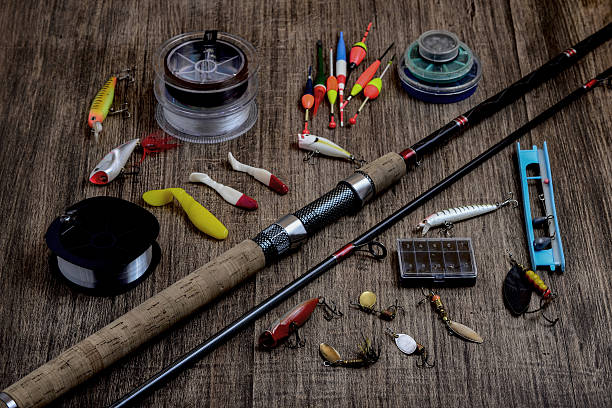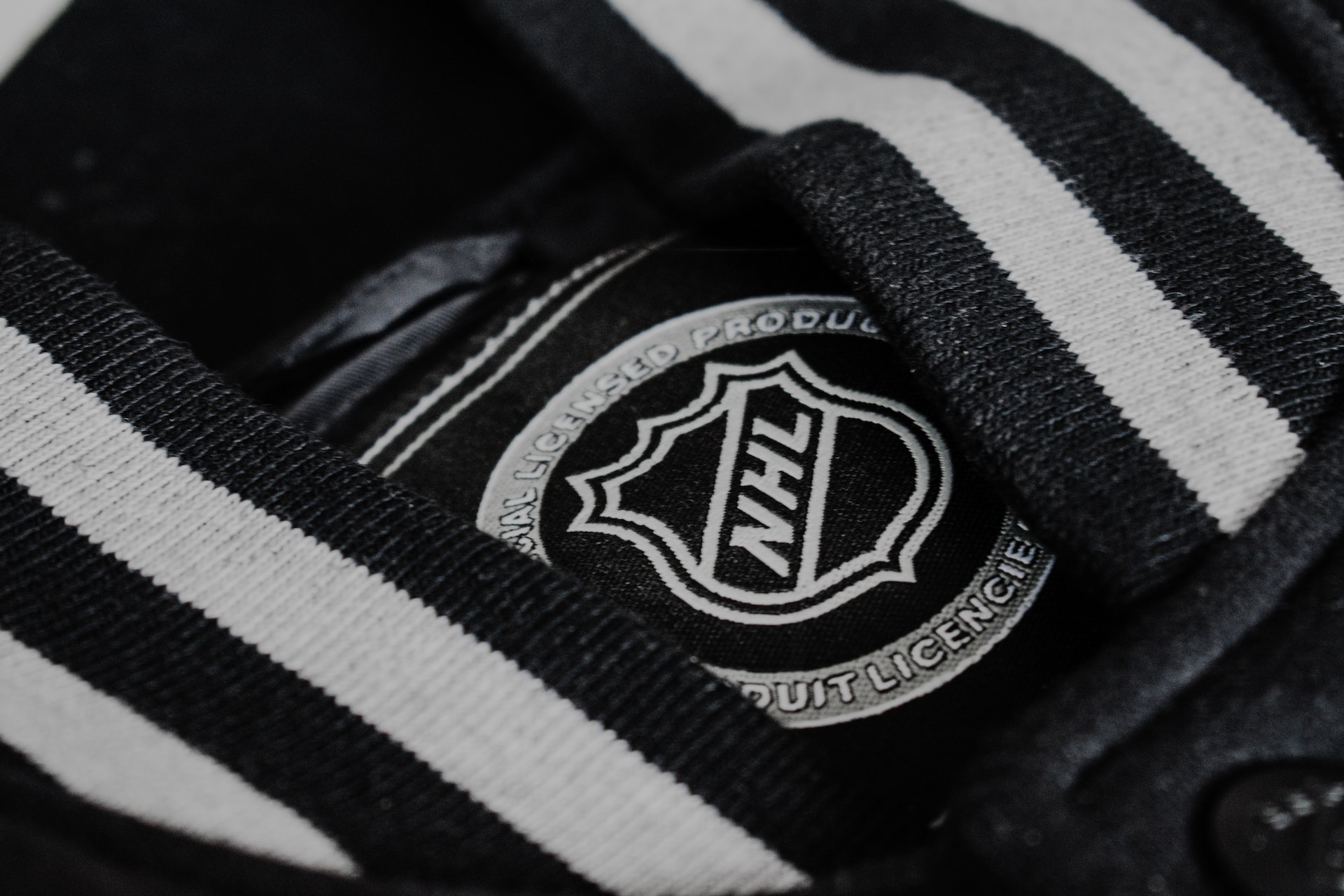Introduction
Choosing the right rod changes how you fish. If you fish South Africa’s coastline or spend days on inland dams, the rod you pick affects casting distance, fighting power, and how often you land fish. This guide compares Sea fishing rods and carp rods for sale, helps you match gear to species and locations, and points you to trusted local stockists like Solomons Adventure so you buy the right tool for your fishing style.
Understand the two styles: purpose and design
You should start by understanding how each rod uses different design priorities.
Sea fishing rods focus on distance, strength, and corrosion resistance. Manufacturers build surf rods long (10–15 ft), fit them with saltwater-grade guides and reinforced blanks, and rate them to handle heavy sinkers, big baits, and strong fish like kob or garrick.
Carp rods for sale emphasize casting accuracy, tip sensitivity, and hook-setting power for heavy-mouthed carp. Carp rods commonly range 10–12 ft, use parabolic or semi-parabolic actions to absorb strong runs, and pair with large-capacity reels for long drifts and chucking boilies.
Choose based on your target species and the conditions where you fish most often.
Which rod matches which environment?
Match rod features to the environment to get consistent results.
- If you fish surf beaches, rocky shores, or exposed points, buy Sea fishing rods. Their length and casting power let you put bait beyond breakers where fish feed. You also need corrosion-resistant components to withstand salt spray.
- If you fish inland dams, slow-flowing rivers, or commercial carp waters, shop carp rods for sale. These rods give you the hook hold and casting finesse needed for bottom-bait rigs and long-range marker casts.
- If you split your time between coast and dams, consider owning one of each rather than forcing one rod to do both jobs.
Key technical differences explained
You should compare these technical elements before you buy:
1. Length and leverage
- Sea rods: 10–15 ft to reach past surf and hold long casts.
- Carp rods: 10–12 ft to balance casting distance and accurate bait placement.
2. Action and power
- Sea rods: Medium-heavy to heavy power, often fast action to drive hooks into hard-mouthed species.
- Carp rods: Medium to medium-heavy power with moderate action to cushion runs and reduce hook pulls.
3. Material and corrosion resistance
- Sea rods: Use stainless or titanium guides and sealed reel seats; manufacturers apply corrosion-resistant coatings.
- Carp rods: Use similar high-quality materials but focus less on anti-salt features unless you fish brackish water.
4. Reel pairing
- Sea rods: Pair with large fixed-spool surf reels or heavy spinning reels capable of holding 200–400 m of line.
- Carp rods: Pair with baitrunner-style or big-arbour reels that let you monitor take and provide long, smooth drags.
Practical considerations for South African anglers
You should consider regional conditions when choosing gear in South Africa.
- On KwaZulu-Natal beaches and Eastern Cape surf, wind and heavy swell demand long Sea fishing rods and heavy sinkers to reach feeding zones.
- On Western Cape dams and inland fisheries, carp anglers prefer sensitive carp rods for sale and vary hooklength and braid based on water clarity and weed.
- If you fish estuaries, pick corrosion-resistant rods and fresh leaders because salty, brackish water shortens gear life.
Retailers like Solomons Adventure keep stock that matches local conditions, helping you pick rods and accessories built for South African waters.
Budgeting and value: what to expect
You should set realistic budgets and think about long-term value.
- Entry-level Sea fishing rods start around R600–R1,500 for basic models suitable for casual surf anglers. Mid-range and pro surf rods climb to R2,500–R6,000 or more for advanced blanks and premium guides.
- Carp rods for sale start around R500–R1,200 for basic rods; good mid-range carp rods cost R1,500–R4,000 depending on brand and components.
Invest in durable blanks and corrosion-resistant fittings if you fish saltwater. For carp, focus on reliable actions and well-constructed rod sleeves to protect ferrules during transport.
How to test a rod before you buy
You should test rods in-store or at the water when possible.
- Check balance: Mount the reel you plan to use and hold the rod in a casting position. The rod should feel balanced over the reel seat.
- Feel the action: Feed a bit of line and snap the rod tip to see how the blank loads. A carp rod should bend progressively; a surf rod should load into the lower half but deliver strong hook-setting power.
- Inspect components: Look for corrosion-resistant guides and secure reel seats. Wiggle guides and reel seats to ensure tight fit and no movement.
- Try a cast: If the store has an outdoor area, try casting with actual sinkers and lures that match your style.
Solomons Adventure often allows hands-on testing and offers local advice on suitable models.
When one rod does both and when it doesn’t
You might ask whether one rod can handle both surf and carp work. You should avoid forcing a single rod to perform across extremes. A heavy surf rod will feel clumsy for delicate carp presentations, and a soft carp rod will struggle to cast heavy sinkers into surf. If your budget limits you to one rod, pick the rod matching the fishing style you pursue most often. Otherwise, plan to own two specialty rods for the best results.
Maintenance tips to lengthen rod life
You should follow a few simple maintenance steps:
- Rinse sea rods with fresh water after every saltwater session to remove salt spray.
- Dry rods thoroughly and store them horizontally in a padded bag.
- Check guides for chips that might cut line; replace damaged guides immediately.
- Loosen reel drag for storage to relieve pressure on drag washers.
- Keep spare ferrules and tape for emergency field repairs.
Good maintenance gives you years of reliable performance and protects your investment.
Summary
When you choose between Sea fishing rods and carp rods for sale, base your decision on where you fish, the species you target, and how often you fish. Sea rods give you the reach and strength for surf and saltwater species, while carp rods deliver sensitivity and power for inland waters and bottom baits. If you fish both environments often, invest in both rod types for the best performance. Visit Solomons Adventure to test options, get local advice, and purchase rods built for South African conditions. Choose deliberately, maintain your gear, and you’ll enjoy more successful and comfortable days on the water.
Frequently Asked Questions
Q1: Can I use a carp rod for surf fishing in calm conditions?
You can use a carp rod in calm surf for light beach work, but you will sacrifice casting distance and hook-setting speed compared with a true Sea fishing rod.
Q2: What length should I pick for surf fishing?
Most anglers choose a 12–13 ft surf rod for a balance of distance and control, but heavy surf or competitive shorecasting may call for 14–15 ft models.
Q3: Where can I find reliable carp rods for sale in South Africa?
You can shop reputable stockists like Solomons Adventure, which carries a range of carp rods suited to local dam and river conditions.
Q4: How do I protect my surf rod from corrosion?
Rinse the rod and reel with fresh water after use, spray moving parts with a light lubricant, and store gear in a dry place away from sunlight.
Q5: Which rod will give me more bites — sea or carp?
Rod choice alone won’t produce bites; you must match rod to technique, bait, and location. Use Sea fishing rods on surf and carp rods for sale in freshwater to maximize your chances.
Visit life conceptual for more blogs!










